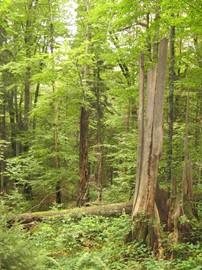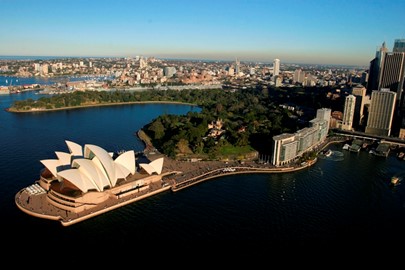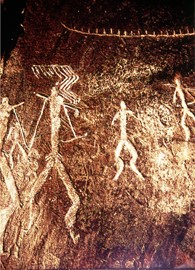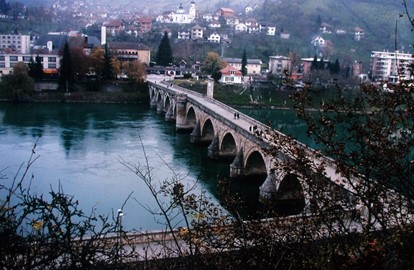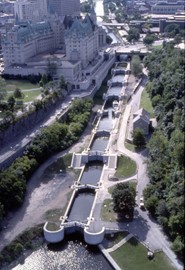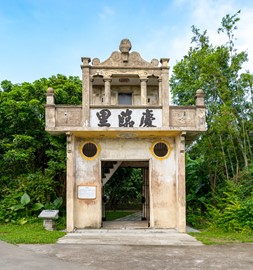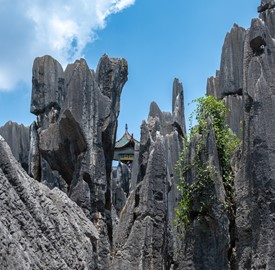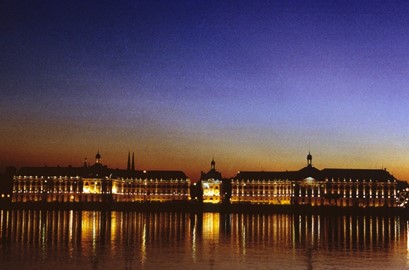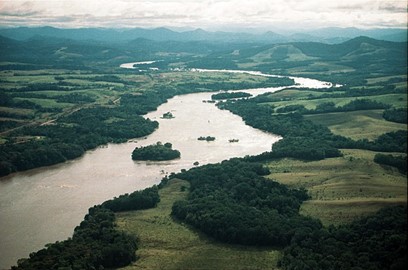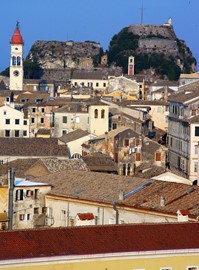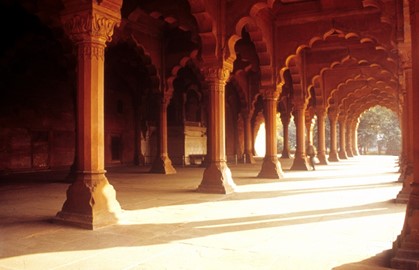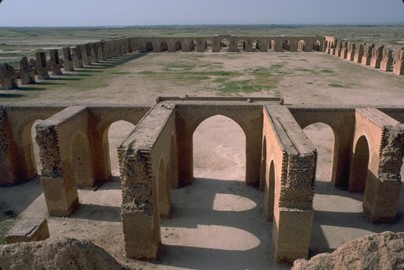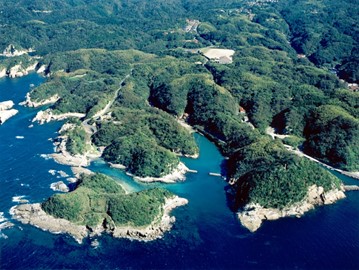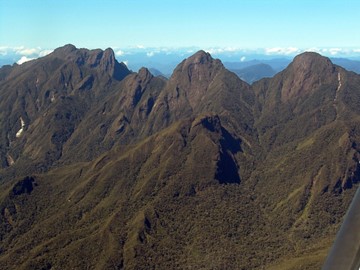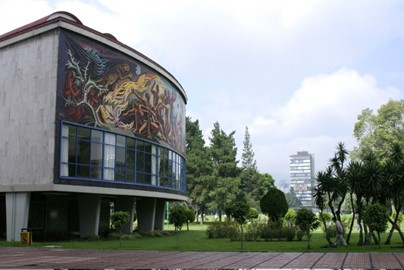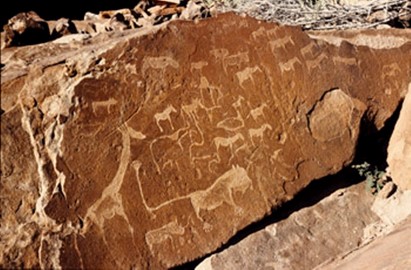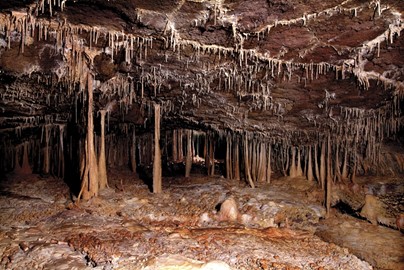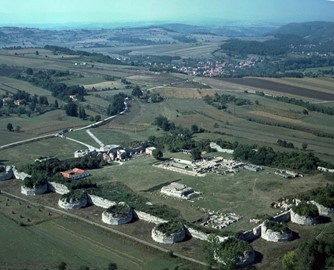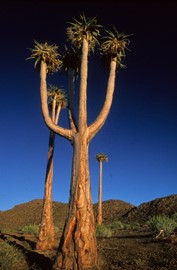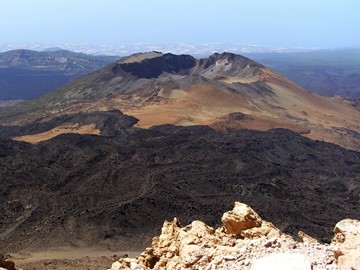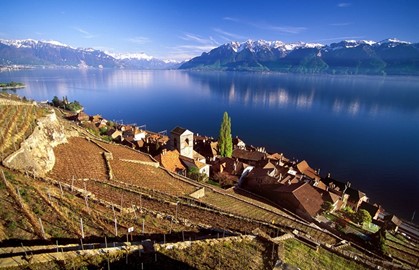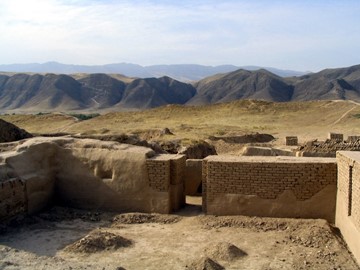year :: 2007
Primeval Beech Forests
The Primeval Beech Forests, a UNESCO World Heritage site in Europe, recognized across multiple expansions since 2007 with additions in 2017 and 2021, span 18 countries, preserving ancient beech woodlands untouched since the last Ice Age. These dense, old-growth forests harbor rare wildlife like lynx and showcase the beech tree’s post-glacial spread across diverse terrains. This transnational network reflects Europe’s ecological heritage, offering a living testament to natural resilience and biodiversity in ... Read More
Sydney Opera House
The Sydney Opera House, a UNESCO World Heritage site in Australia, is an architectural masterpiece celebrated for its distinctive sail-like design and cultural prominence. Perched on a waterfront, its white-tiled roof gleams against the skyline, symbolizing innovation in modern engineering. Designed by Jørn Utzon and completed in 1973, it serves as a global hub for performing arts, hosting world-class events. This iconic structure embodies artistic excellence and human creativity, making it a timeless emble... Read More
Gobustan Rock Art
Gobustan Rock Art, a UNESCO World Heritage site in Azerbaijan, is a prehistoric treasure renowned for its ancient petroglyphs etched into rugged cliffs. Dating back over 40,000 years, these carvings depict hunting scenes, rituals, and daily life, offering a glimpse into early human culture. Set amidst a stark landscape of boulders and mud volcanoes, the site preserves thousands of engravings alongside archaeological remains. This open-air gallery stands as a vital record of humanity’s artistic and historica... Read More
Mehmed Paša Sokolović Bridge
The Mehmed Paša Sokolović Bridge, a UNESCO World Heritage site in Bosnia and Herzegovina, is a masterpiece of Ottoman architecture completed in 1577. Designed by the renowned architect Sinan, this elegant stone bridge features 11 arches and spans the river with graceful symmetry, reflecting engineering brilliance. Inscribed by UNESCO in 2007, it stands as a symbol of cultural exchange and historical significance. The bridge remains an enduring icon of the country’s Ottoman legacy.
Rideau Canal
The Rideau Canal, a UNESCO World Heritage site in Canada, is a 19th-century engineering feat completed in 1832, stretching 202 kilometers with 47 locks. Built for military defense and trade, this waterway, lined with historic fortifications and charming lockstations, remains fully operational today. Recognized for its historical and technological significance, it stands as a testament to Canada’s early infrastructure and ingenuity.
Kaiping Diaolou
The Kaiping Diaolou, a UNESCO World Heritage site in China, are unique multi-story watchtowers blending Chinese and Western architectural styles from the late 19th and early 20th centuries. Built by overseas Chinese as homes and defenses against bandits, these fortified structures feature ornate designs and robust construction. Set amidst rural landscapes, they reflect a fascinating fusion of cultures and historical resilience.
South China Karst
The South China Karst, a UNESCO World Heritage site in China, is a spectacular landscape of limestone peaks, caves, and underground rivers sculpted over millions of years. Featuring dramatic towers, lush valleys, and hidden grottoes, it showcases one of Earth’s most striking karst formations. Rich in biodiversity, this natural wonder blends geological beauty with ecological significance.
Bordeaux
Bordeaux, Port of the Moon, is a UNESCO World Heritage site in France, renowned for its exceptional urban ensemble reflecting over 2,000 years of history. Named for its crescent-shaped riverfront along the Garonne, it features elegant 18th-century architecture, grand boulevards, and iconic landmarks like the Place de la Bourse and its reflecting pool. The site’s historical significance as a thriving trade port and its well-preserved neoclassical design highlight its cultural and architectural value, earning... Read More
Lopé Okanda
Lopé-Okanda, a UNESCO World Heritage site in Gabon, is a pristine landscape blending tropical rainforest and savanna. It preserves evidence of human activity from the Stone Age, including ancient rock art and tools. The area is home to diverse wildlife, such as forest elephants and mandrills. Its unique ecology reflects a transition zone between forest and grassland habitats. This site offers a rare glimpse into both natural and cultural history. It stands as a testament to Gabon’s rich biodiversity and anc... Read More
Corfu
The Old Town of Corfu, a UNESCO World Heritage site in Greece, is a well-preserved example of a fortified Mediterranean port town. Its historic architecture reflects Venetian, French, and British influences, with narrow streets, elegant buildings, and two imposing fortresses. The site’s cultural significance and strategic location have made it a notable landmark, showcasing centuries of history in a compact, walkable area.
Red Fort
The Red Fort Complex, a UNESCO World Heritage site in India, is a historic fortress renowned for its stunning Mughal architecture and rich history. Constructed in the 17th century by Emperor Shah Jahan, it served as the main residence of Mughal emperors for nearly 200 years and later became a symbol of India's struggle for independence. The complex features impressive red sandstone walls, intricate palaces, and beautiful gardens, reflecting the grandeur and artistic mastery of the Mughal era. Today, it stan... Read More
Samarra
Samarra, a UNESCO World Heritage site in Iraq, is an ancient Islamic city renowned for its architectural and historical significance. It features the iconic Great Mosque with its distinctive spiral Malwiya minaret, alongside expansive archaeological remains of palaces and residences from the 9th-century Abbasid Caliphate. This site exemplifies early Islamic urban planning and engineering in a desert landscape.
Iwami Ginzan Silver Mine
The Iwami Ginzan Silver Mine, a UNESCO World Heritage site in Japan, is a historic mining complex renowned for its well-preserved remnants of silver extraction from the 16th to 20th centuries. This site features underground tunnels, refining facilities, and traditional settlements, illustrating advanced mining techniques that once supplied a significant portion of global silver. Its forested landscape and cultural heritage highlight the harmonious blend of human industry and nature.
Rainforests of the Atsinanana
The Rainforests of the Atsinanana, a UNESCO World Heritage site in Madagascar, are a biodiversity hotspot renowned for their unique ecosystems and endemic species. These tropical rainforests host an exceptional array of flora and fauna, including rare lemurs and diverse plant life found nowhere else on Earth. Recognized for their global ecological significance, they face threats from deforestation and human activity, underscoring the need for conservation efforts.
Central University City Campus
The Central University City Campus of the National Autonomous University of Mexico (UNAM), a UNESCO World Heritage site, is a remarkable example of 20th-century modernist architecture and urban planning. Designed by prominent Mexican architects and artists, including Mario Pani and Diego Rivera, the campus integrates functional buildings with vibrant murals and sculptures, reflecting Mexico’s cultural identity. Constructed in the 1950s, it serves as a hub for education and research while showcasing innovati... Read More
Twyfelfontein
Twyfelfontein, a UNESCO World Heritage site in Namibia, is renowned for its ancient rock engravings and paintings, created by hunter-gatherer communities over 6,000 years ago. The site features over 2,500 carvings, depicting animals like giraffes, rhinos, and ostriches, as well as human and animal footprints, offering a glimpse into prehistoric life and beliefs. Its geological significance is highlighted by the dramatic sandstone formations and evidence of early tool-making. This well-preserved open-air gal... Read More
Jeju
Jeju Volcanic Island and Lava Tubes, a UNESCO World Heritage site, is renowned for its exceptional geological features, including a well-preserved system of lava tubes formed by volcanic activity thousands of years ago. The site showcases dramatic volcanic landscapes, such as the Geomunoreum lava tube system and the prominent Hallasan Mountain, a shield volcano with a crater lake at its summit. These natural wonders highlight the region’s unique biodiversity and provide valuable insights into volcanic proce... Read More
Gamzigrad Romuliana
Gamzigrad-Romuliana, a UNESCO World Heritage site in Serbia, is a well-preserved late Roman palace complex built in the early 4th century by Emperor Galerius. This archaeological treasure features fortified walls, imperial residences, basilicas, and intricate mosaics, showcasing Roman architecture and artistry. It served as a luxurious retreat and a testament to Galerius’ power during his reign in the Tetrarchy system. Today, it stands as a significant historical site, offering insights into the late Roman ... Read More
Richtersveld
The Richtersveld, a UNESCO World Heritage site in South Africa, is a striking desert landscape renowned for its unique biodiversity and cultural significance. This rugged region features dramatic mountains, arid plains, and rare succulent plants adapted to its harsh climate. It is also home to the Nama people, semi-nomadic pastoralists whose traditional way of life, including portable dome-shaped huts, reflects a deep connection to the environment. Recognized for its geological wonders and ancient human her... Read More
Teide
Teide National Park, a UNESCO World Heritage site in Spain, is renowned for its stunning volcanic landscape, dominated by Mount Teide, the country’s highest peak. The park features dramatic lava fields, unique rock formations, and a diverse range of endemic flora and fauna adapted to its high-altitude environment. Its geological significance and breathtaking scenery make it a globally recognized natural treasure, attracting visitors for hiking, stargazing, and scientific exploration.
Lavaux, Vineyard Terraces
The Lavaux Vineyard Terraces, a UNESCO World Heritage site in Switzerland, showcase a stunning landscape of steep, terraced vineyards cascading down to a serene lakeside. This historic wine-growing region, dating back to the 11th century, reflects centuries of human ingenuity in cultivating the land. The picturesque terraces, dotted with charming villages and ancient stone walls, produce renowned wines while preserving a unique cultural and natural legacy.
Fortresses of Nisa
The Parthian Fortresses of Nisa, a UNESCO World Heritage Site in Turkmenistan, are the remnants of an ancient capital of the Parthian Empire, a major power from the mid-3rd century BC to the 3rd century AD. This archaeological site features two tells—Old and New Nisa—showcasing unexcavated ruins that blend traditional Parthian culture with Hellenistic and Roman influences, evident in richly decorated structures tied to domestic, state, and religious life. Strategically located at a crossroads, it served as ... Read More
